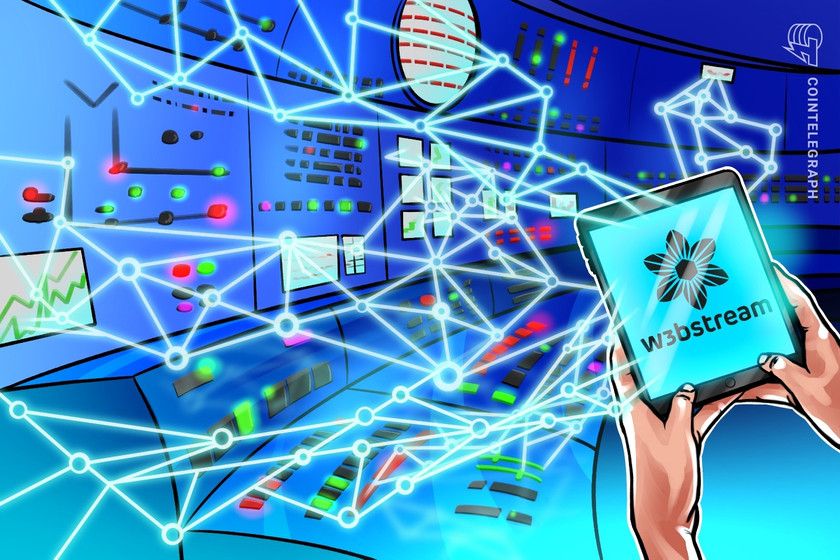Worldwide Webb founder explains the role interoperability will play in Web3 ecosystems


NFT Steez chats with Worldwide Webb founder Thomas Webb to discuss the future impact of interoperability in Web3 and the metaverse.
In the latest episode of NFT Steez, Thomas Webb, the founder of the interoperable avatar game Worldwide Webb, discusses the integration of interoperability in Web3 and the metaverse.
By definition, interoperability is a feature of Web3 whereby a product or system can work seamlessly across platforms with other products or services. Webb defines interoperability simply as “creating a token — a nonfungible token (NFT)” since, at its most basic level, no one can control it besides the creator.


But how does interoperability function presently in Web3, and what is its potential impact?
Executing interoperability the “right” way
When discussing how interoperable applications can create a profound impact, Webb described the creativity he has seen from NFT communities and brands.
Whether it comes from “creating a product, creating ideas or creating experiences,” Webb believes that enabling the creation of intellectual property (IP) allows users to display their loyalty and, in other ways, their achievement.
Interoperability also seems to function in tandem with token-gated experiences, according to Webb. In essence, users can get closer to authentic experiences by using the token they hold as an access pass to attend events and receive perks.
This integration enables brands to cross-collaborate, reach their users and create a proliferation of value — or, as Webb said, “infinite value.”
Related: NFT Steez and Lukso co-founder explore the implications of digital self-sovereignty in Web3
Interoperability will be borderless
“Interoperability could be the backbone of everything,” Webb stated when asked about the sectors that interoperability could seep into.
For Webb, the more transparent and data-driven platforms are, the more collaboration and engagement there will be across tech companies. Ultimately, Webb believes that e-commerce, creative experiences and even concepts like identity and self-sovereignty will be impacted by the concept of interoperability.
However, even with interoperability as a cornerstone of Web3, Webb did express the inevitability of risk and challenges associated with creating a standard that suits all countries.
According to Webb, the presence of centralized regulatory bodies could continue to inhibit experimentation and growth.
To hear more from the conversation, tune in and listen to the full episode of NFT Steez on Cointelegraph’s new podcasts page or on Spotify, Apple Podcasts, Google Podcasts or TuneIn.








